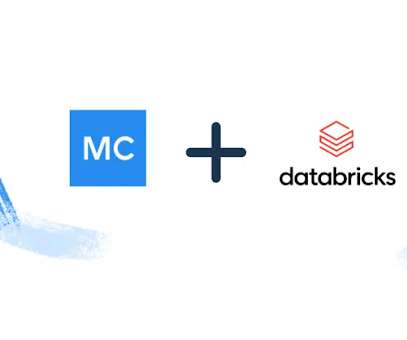Monte Carlo Announces Delta Lake, Unity Catalog Integrations To Bring End-to-End Data Observability to Databricks
Monte Carlo
JUNE 28, 2022
Over the past several years, cloud data lakes like Databricks have gotten so powerful (and popular) that according to Mordor Intelligence , the data lake market is expected to grow from $3.74 Traditionally, data lakes held raw data in its native format and were known for their flexibility, speed, and open source ecosystem.












Let's personalize your content